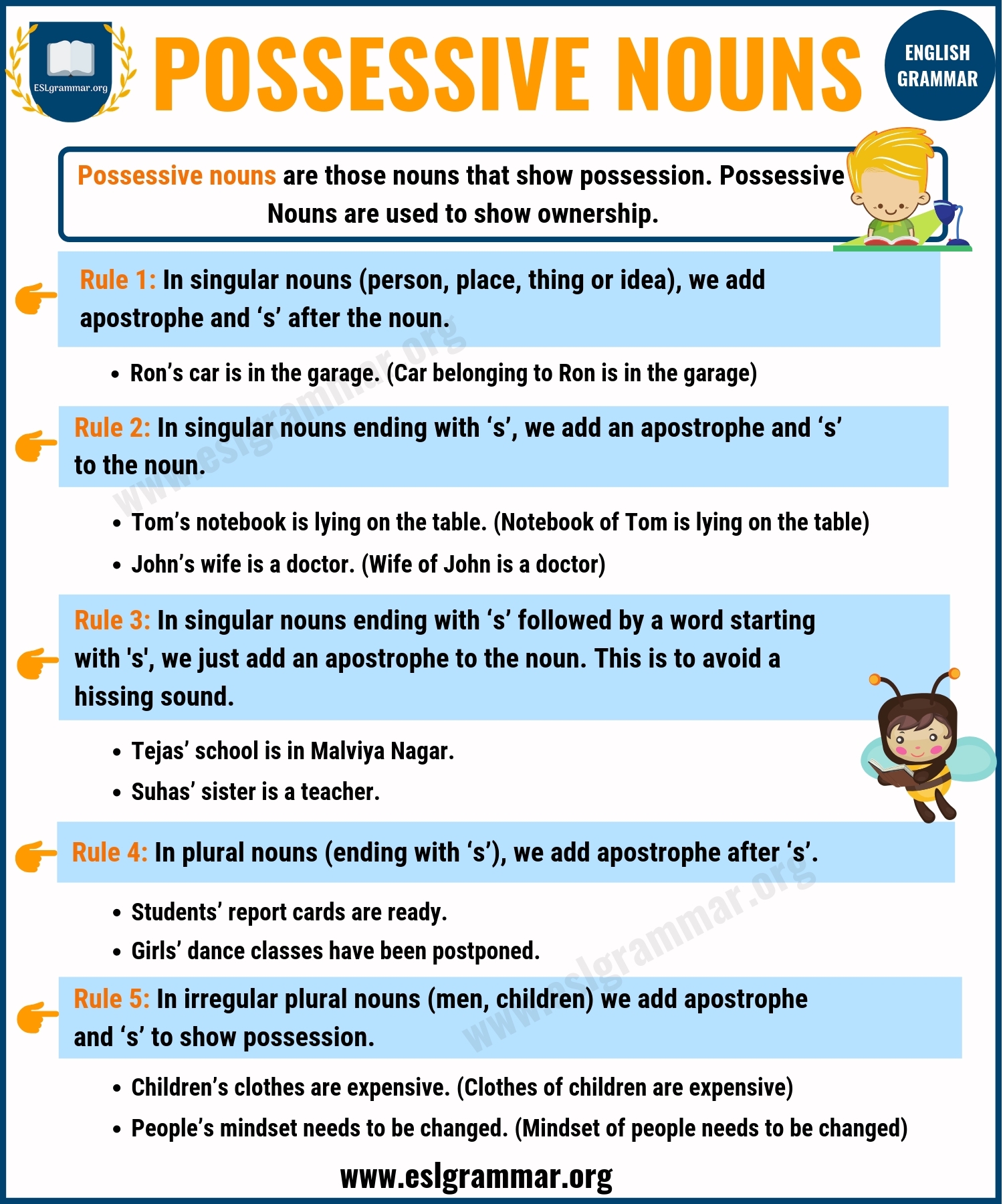When it comes to writing in English, understanding the rules for plural and possessive names is essential for clear and effective communication. Whether you are writing a paper for school, sending an email, or creating a business document, knowing how to properly form plural and possessive names can make a big difference in the clarity and professionalism of your writing.
Plural and possessive names can be tricky for many people, but with a little practice and understanding of the rules, you can easily master them. In this article, we will explore the guidelines for forming plural and possessive names in English.
Rules for Plural and Possessive Names
1. Plural Names: When forming the plural of a name, simply add an “s” to the end of the name. For example, if you have a friend named John and you want to refer to him and his brother, you would write “the Johns.” It’s important to remember that when forming the plural of a name that ends in “s,” you would still add an “s” to the end. For instance, if you have a friend named James, the plural would be “the Jameses.”
2. Possessive Names: When showing possession with a name, you typically add an apostrophe and an “s” to the end of the name. For example, if you want to show that a book belongs to John, you would write “John’s book.” However, if the name is already plural and ends in “s,” you only add an apostrophe after the “s.” For instance, if you want to show that a car belongs to the James family, you would write “the James’ car.”
3. When dealing with plural possessive names, the apostrophe is placed after the “s” at the end of the name. For example, if you want to show that the books belong to the Johnson family, you would write “the Johnsons’ books.”
4. It’s important to pay attention to the placement of the apostrophe and the “s” when forming possessive names to ensure clarity in your writing. Incorrect usage can lead to confusion and misinterpretation.
Mastering the rules for plural and possessive names may take some practice, but with time and effort, you can become proficient in using them correctly. By following these guidelines, you can improve the clarity and professionalism of your writing when it comes to plural and possessive names.
In conclusion, understanding the rules for plural and possessive names is essential for effective communication in English writing. By following the guidelines outlined in this article, you can confidently form plural and possessive names with accuracy and clarity.
